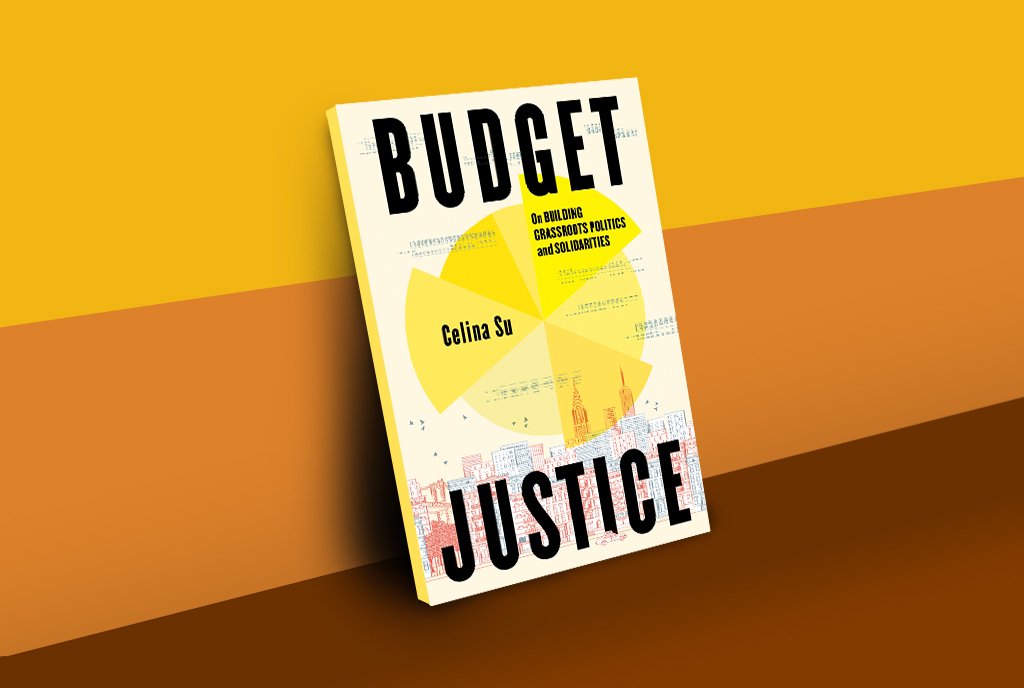
“It’s a very contained, small leak, considering the magnitude of what was carried on the ship,” Bill Dennison, a marine science professor and interim president of the University of Maryland Center for Environmental Science, told the Baltimore Sun. “They were ready to go to Sri Lanka. They had a full load of fuel.”
The container ship carrying that fuel—more than a million gallons of it—ran into Maryland’s Frances Scott Key Bridge in the early morning hours of March 29. The bridge collapsed, killing six construction workers who were working on the road at the time. The cargo of the Dali ship, 764 tons of hazardous materials, was damaged when parts of the heavy bridge fell on the containers, whose contents included flammable and corrosive materials, and lithium-ion batteries.
Despite initial and widespread reports of a “sheen” in the water, as of early April, Maryland’s Department of the Environment had found no contaminants in the Patapsco River, including lithium or volatile organic compounds. There is also “no evidence the Dali’s hull is leaking any fluids into the river,” the US Coast Guard told USA Today.
“It’s been a longtime struggle to ensure that the community has clean water that’s swimmable, fishable and drinkable.”
That doesn’t mean environmental activists or groups are resting when it comes to the tragedy in Baltimore, the ramifications of which are continuing to unfold. The Baltimore Sun described environmentalists as “grateful but vigilant.” Nonprofit groups in Maryland and beyond are monitoring the disaster and the cleanup—and marking the potential loss of anti-pollution gains.
The Clean Up
After first responders to the bridge collapse reported a sheen in the river—which could have come from the cars and trucks that fell from the bridge or hydraulic fluid from the boat—police helicopters monitored the site. Over two thousand feet of sorbent boom, a material that floats and can absorb oil, was dropped around the crash site. But as the Washington Post reported, sorbent boom “can’t contain oil for very long” and is designed only to absorb small amounts of the fluid. Hard containment boom made of plastic was positioned in the water as well. Like sorbent boom, hard containment boom floats, but also has a skirt that hangs underwater, intended to stop the flow of oil.
Containers on the Dali, including some that were damaged, also held soaps, perfumes, and essential oils. Though those materials can be toxic to wildlife, any spillage was likely dispersed into the river quickly, Gary Belan, a senior director at American Rivers, a national conservation organization that works to clean water and restore rivers, told the Guardian.
“As long as the ship remains in the water, the possibility of the ship’s fuel container rupturing remains.”
The Francis Scott Key Bridge spanned the outer Baltimore Harbor and Port and the lower Patapsco River, a 39-mile river flowing into the Chesapeake Bay. Leda Huta, executive director of the nonprofit Waterkeepers Chesapeake, told the Washington Post, “There are more than a million people living in that watershed, and it’s been a longtime struggle to ensure that the community has clean water that’s swimmable, fishable and drinkable.”
NPQ reported in 2017 about new attempts to analyze pollution in the Chesapeake Bay, including a high-resolution land cover data project. By 2022, some pollution levels, including nitrogen and phosphorus pollution and the Bay’s low-oxygen dead zone size, had fallen below average, largely thanks to state and federal pollution reduction efforts under the Chesapeake Clean Water Blueprint.
Dangerous Possibilities
Disasters like the bridge collapse can move such progress backward. Though the sheen may be contained, the river is not out of danger. Weeks after the crash, huge debris and massive parts of the bridge still remain submerged, and removal of the debris is a long, complicated process. The waterline is being surveyed, and more undiscovered debris may yet be underwater. As of this writing, the bodies of two workers who lost their lives still remain unaccounted for.
Sign up for our free newsletters
Subscribe to NPQ's newsletters to have our top stories delivered directly to your inbox.
By signing up, you agree to our privacy policy and terms of use, and to receive messages from NPQ and our partners.
“Buried within that sediment are legacy contaminants from Baltimore’s industrial past.”
At any time during the salvage process, “more containers could fall into the water” from the ship, as the Guardian reported, including containers that “contain corrosive chemicals and lithium-ion batteries—materials that could leak toxic heavy metals into the water. And as long as the ship remains in the water, the possibility of the ship’s fuel container rupturing remains.” The massive ship itself must be moved, but officials are still not sure how.
In the meantime, “cargo normally going through the port will have to be rerouted by truck,” according to the Washington Post, “potentially increasing diesel emissions in areas that don’t experience that pollution.” Trucks that used the bridge for transporting goods will also have to take new, potentially smaller roads, exposing communities to additional air pollution.
That’s an issue for an area that already “has an abundance of air pollution sources due to industry, power plants, and greater population density,” according to the Maryland Department of the Environment. Baltimore’s industry—and its industrial history—could also be a source of additional concern as toxic sediment is dredged up during the bridge cleanup process.
The Baltimore Sun described this as “the next possible ecological challenge.” Both the ship’s bow and parts of the fallen bridge are stuck in mud deep under the water. “And buried within that sediment are legacy contaminants from Baltimore’s industrial past,” the Baltimore Sun wrote.
“Baltimore has a long history of industrial development and as a result, there are a lot of contaminants in the Baltimore sediments,” Dennison said to Baltimore news station WDBJ 7. He expressed concern for fish and wildlife as the salvage operation progresses, and their habitats are disturbed and potentially polluted. Dredging, the deep excavation of underwater material, normally occurs in winter months only, to try to avoid disrupting wildlife more active in warmer temperatures. But the timing of the bridge collapse may mean dredging in the summer is unavoidable.
Watchful Rebuilding
Environmental concerns will only continue as the bridge is rebuilt. Will it be rebuilt with a focus on greener construction and awareness of the area’s delicate watershed? Dennison raised concerns for animals like dolphins; if pile driving takes place when the bridge is rebuilt, it could drive dolphins away due to the animals’ sensitivity to sound.
The University of Maryland Center for Environmental Science will continue to monitor the bridge site and the potential environmental fallout from the disaster. “We definitely hope that it comes true that there’s no risk to the public,” Jennifer Kunze, the Maryland organizing director for the nonprofit Clean Water Action, told the Guardian. “But we can never take anything for granted, and it’s too early for everything to be analyzed and for me to say anything for sure.”
As Dennison said, when it comes to environmental accountability, “we’re not going to stop watching.”











